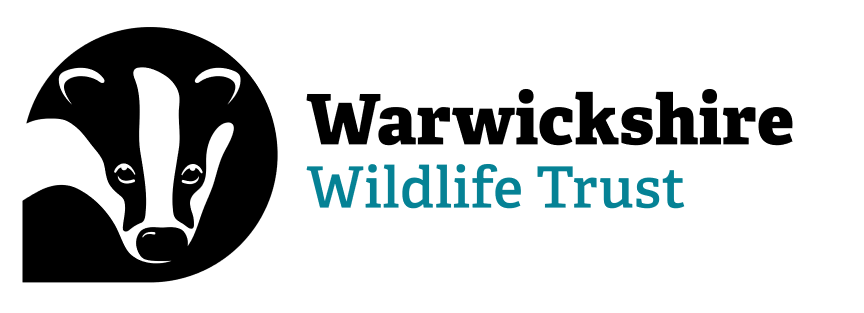A new report from The Wildlife Trusts, The National Water Vole Database Project Report, published today, identifies continued declines in water vole populations set against heartening increases in areas where conservation efforts have been focused.
The report examines water vole distribution over ten years by analysing the number of 10km grid squares across the country where water voles are present.
Statistics show overall water vole range declining – a 39% decrease in the number of areas occupied by water voles compared to the 2006 baseline.
However, when the data is examined more closely encouraging trends emerge. The Wildlife Trusts’ project also looks at the concentration of water voles and has found that whilst the national picture is one of overall decline, some important local pockets of water vole populations have been increasing, with 11 new regional key areas identified in recent years.
Ali Morse, Water Policy Manager at The Wildlife Trusts, says:
“The data is giving us a very clear message. The overall national picture is one of decline due to the destruction of natural habitats and predation by the non-native American mink. However, water vole populations will thrive when the right conditions are created. It’s heartening to see that we can still rescue Ratty, if we all plan well and co-ordinate our efforts.
“Water voles are mini ecosystem engineers, rather like beavers, and they contribute greatly to healthy river ecology. Reversing their historic loss needs to be a key focus of our conservation efforts.”
Regionally important areas which have been newly identified, or which have expanded since the last analysis, include areas where conservation work to support the return of water voles has been undertaken:
- In Hertfordshire, a section of the River Colne has become part of a new Regional Key Area thanks to the work of Herts and Middlesex Wildlife Trust and its partners.
- Water voles are also expanding their ranges following reintroductions by the same Wildlife Trust at the rivers Stort and Beane.
- The Berkshire, Buckinghamshire and Oxfordshire Wildlife Trust’s long-running water vole recovery project has led to an expansion in the areas occupied west of Oxford.
- In Yorkshire, a new wetland nature reserve has connected four separate water vole populations around the River Hull, forming a new regionally important area.
- In Lincolnshire, an area occupied by water voles between the Wolds and the coast has increased in size following conservation efforts.
- Work in East Anglia by a partnership of conservation organisations, water managers and others has seen the formation of two new Regional Key areas of thriving populations.
Ali Morse continued:
“Just because voles are present, it doesn’t mean that they are thriving. We still need to ensure that that we provide undisturbed riverbanks, reedbeds and ponds, and remove the non-native American mink that have devastated water vole populations, to allow their numbers to build up once more.
“Bringing back resilient populations requires a coordinated approach. We need to help populations expand from remaining strongholds, by ensuring that developers, land managers, farmers and conservationists all work in tandem.”
Water voles look after our riverbanks, burrowing and eating a huge range of plants species. In doing so, they move seeds around, helping to maintain varied plant cover and creating lush and wild bankside vegetation. They are also a key food source for native species like stoats, predatory fish and birds of prey.
The Wildlife Trusts are calling for:
-
A roll-out of a project exploring how nature restoration funds from housing developers can be used better, including to enhance water vole habitats.
-
Priority to be given to the creation of water vole habitats within Environmental Land Management Schemes.
-
Key area mapping to be used to inform conservation efforts through the Biodiversity Net Gain requirements which ensure developers enhance nature.
Read The National Water Vole Database Project Report
Learn more about our ongoing National Water Vole Database and Mapping Project
